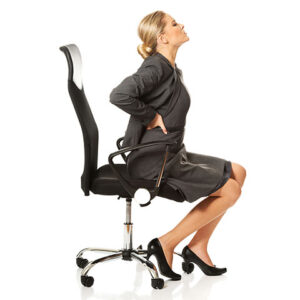Children and babies benefit significantly from cranial osteopathy. Your child’s first years in life are the building blocks on which the quality of their adult life is determined. The spine and cranial bones protect the brain and nerves. The better these bones are able to move, the easier it is for the brain to communicate with the rest of the body.

Babies
The birthing process can be demanding and therefore causes a degree of tension in your baby’s spine. Intervention during the birth process (ventouse, forceps, c-sections) can lead to increased trauma, which can put strain on the upper neck and cranial bones.
Babies with the signs outlined below can benefit from care
- Disturbed sleep patterns
- Fussiness or difficult to settle
- Reflux symptoms
- Constipation
- Breastfeeding difficulties such as poor latching or not sucking easily
- Restricted head or neck movement to one side
Children
The first years in children’s lives are typically filled with energy, abandon and all things capable of putting stress on even the most supple of young bodies.

Multiple factors can have an impact on a child’s spinal development and posture. There are physically demanding hobbies like gymnastics, horse riding, football and rugby. Years of carrying heavy school bags and sports bags which can affect their posture, especially young girls carrying a single strap school bag which can result in scoliosis. Time spent craning their necks to look at screens, phones and whiteboards, as well as slouched posture when sitting. These are all big things, especially over time, for their body to contend with.
Techniques
Our Practitioners use very gentle spinal and cranial techniques. These are designed to improve the function of the spine, nervous system and cranium of children and babies. When treating babies, no more pressure than what you can comfortably place on your closed eyelid is used.
Having your child visit a spinal practitioner as regularly as they would their dentist or optician helps to ensure that their spine and body are healthy during their childhood, as a teenager and through to adulthood.


